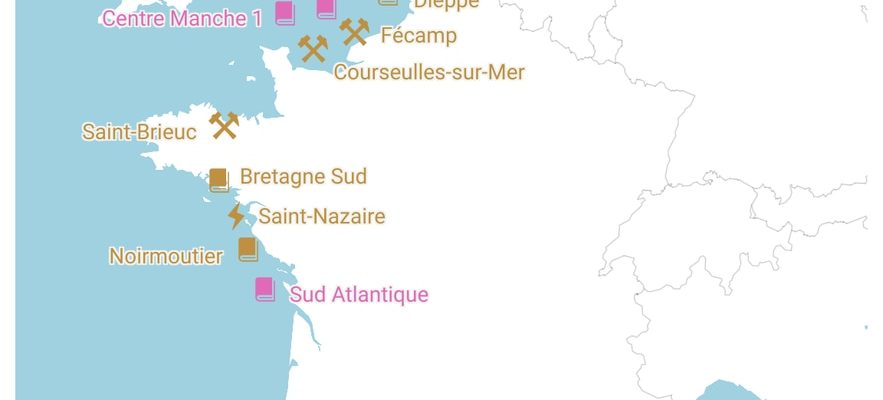Hard blow for the wind industry. France is falling behind on its “ambitious objectives” for wind power and its aspirations even seem compromised in the current state with regard to offshore parks, according to a report published Monday October 16 by the Court of Auditors. The court highlights “ambitious” but “unachieved” objectives in terms of developing wind-generated electricity production, a public policy for which it has analyzed the “implementation conditions” and “results” since 2017. .
In its report, the Court of Auditors (CDC) takes into account “certain responses” provided by the law for the acceleration of renewable energies (AER) promulgated last March, which “seeks to remedy” these obstacles and which “makes simplification of procedures a priority.
For the CDC, France’s difficulty in achieving its objectives “is mainly due to the obstacles which hinder the development of wind power”. The Court points in particular to the “regulatory obstacles” which “limit the available land” to only “20% of the territory” and the average time taken to obtain construction authorization for parks, of seven years on land and ten years in sea, “sometimes almost double that of neighboring countries”.
Offshore wind turbines in France
© / The Express
Inconsistency with energy objectives
If the AER law establishes in particular “”acceleration zones”, the Court also explains that “their preparation time does not guarantee consistency with the objectives of the PPE” (Multi-annual energy programming). End By 2022, wind capacity developed in France represented 20.9 GW, or only 80% of the objective set in the last PPE.
Concerning maritime wind power, the CDC recommends that the State “structure the project management and management of the deployment of offshore wind farms”, facing a procedure that has so far been “not very agile”, involving “the intervention of administrations plants sequentially”, and which “cannot meet the challenge of developing 50 parks by 2050”.
